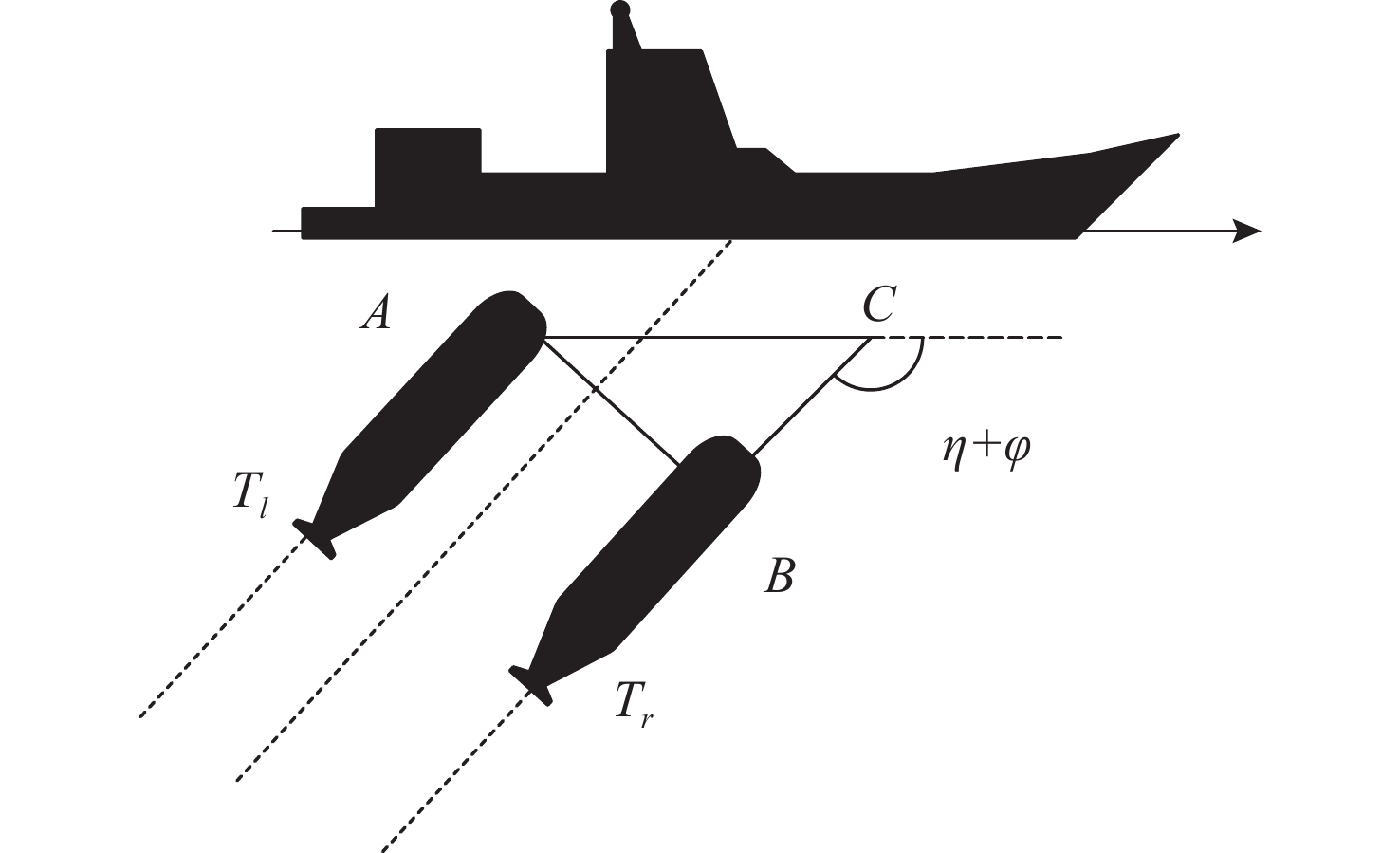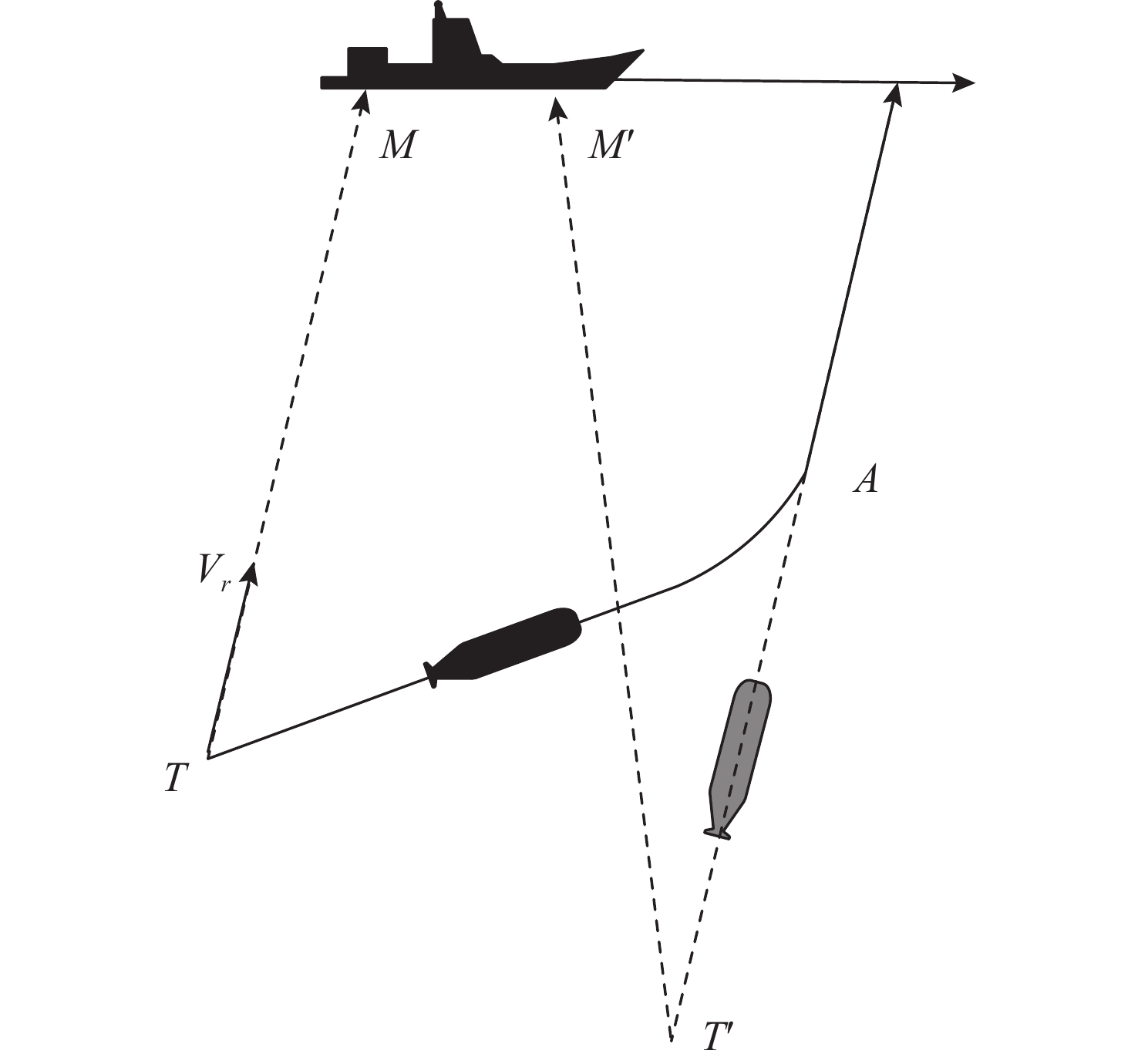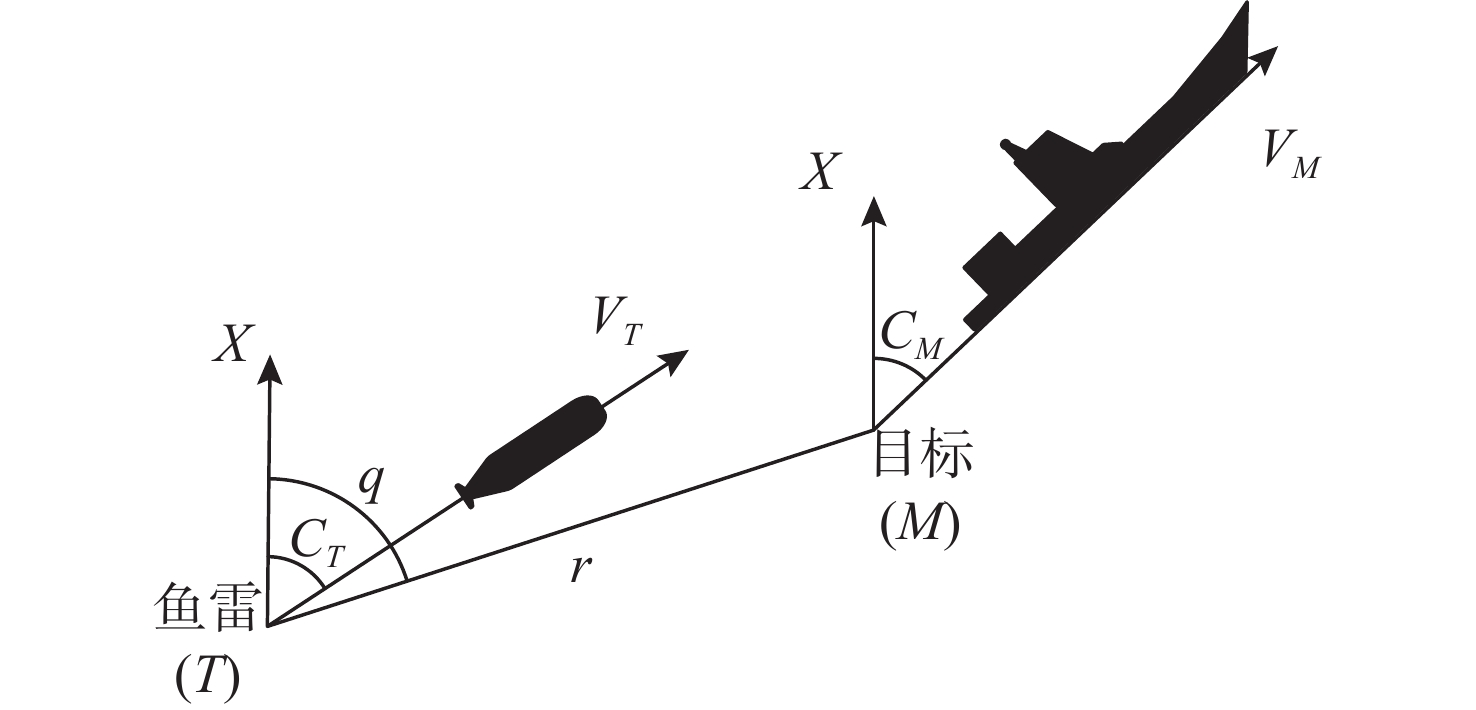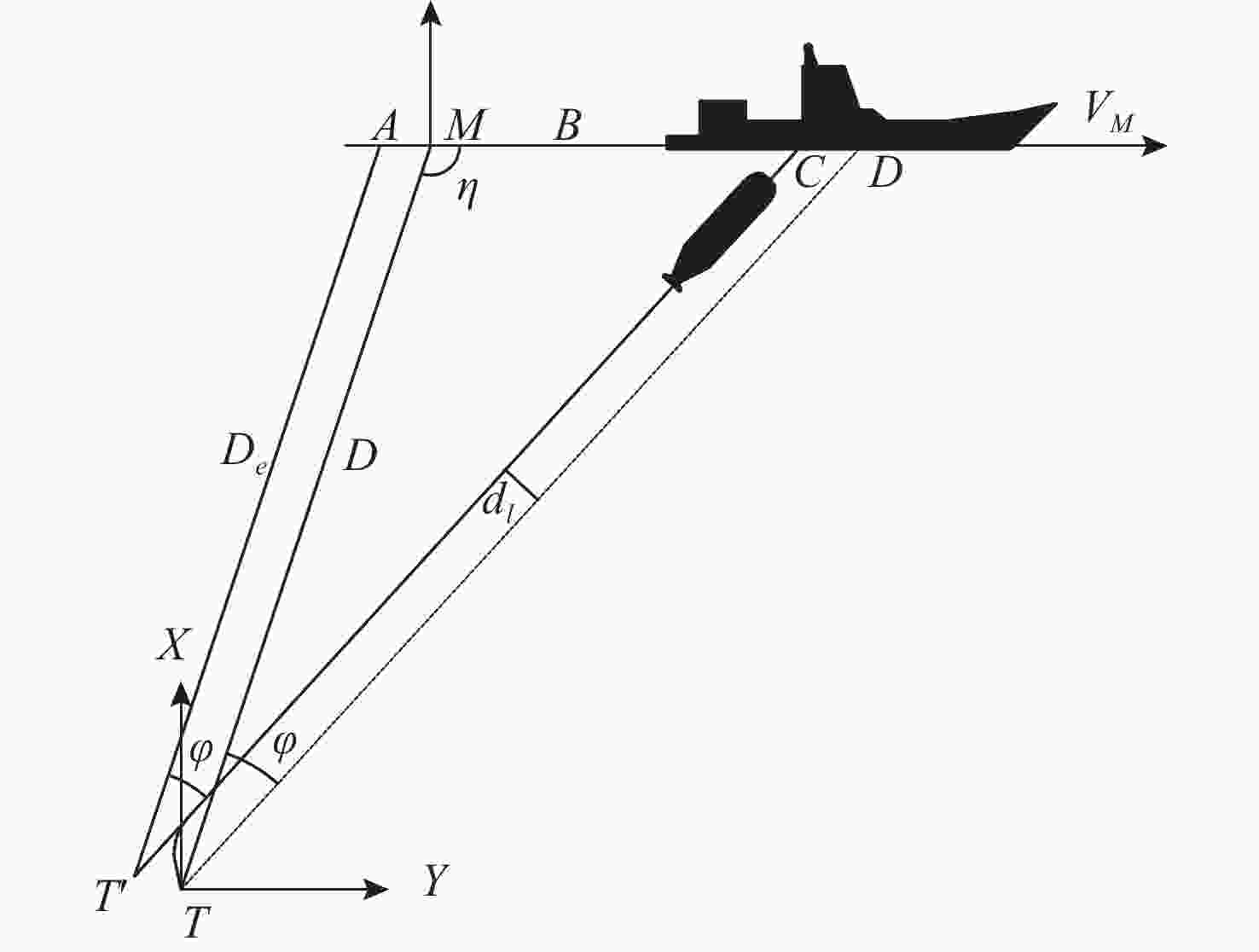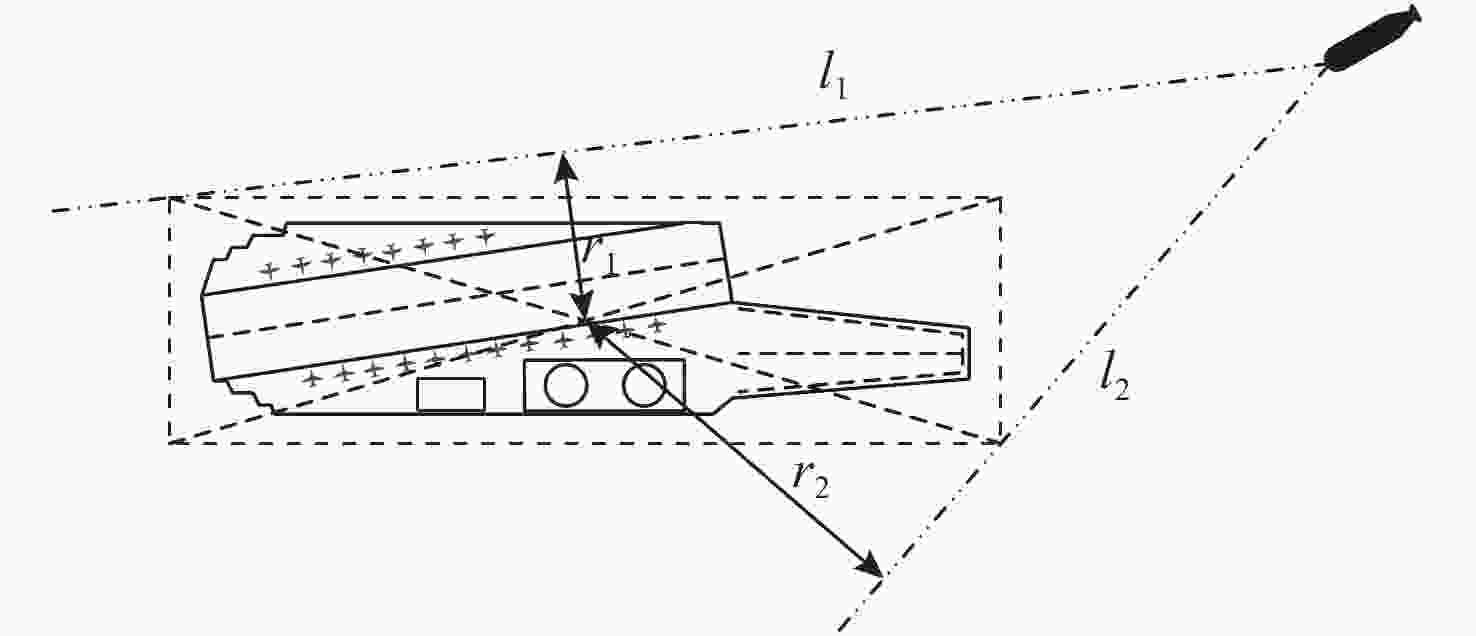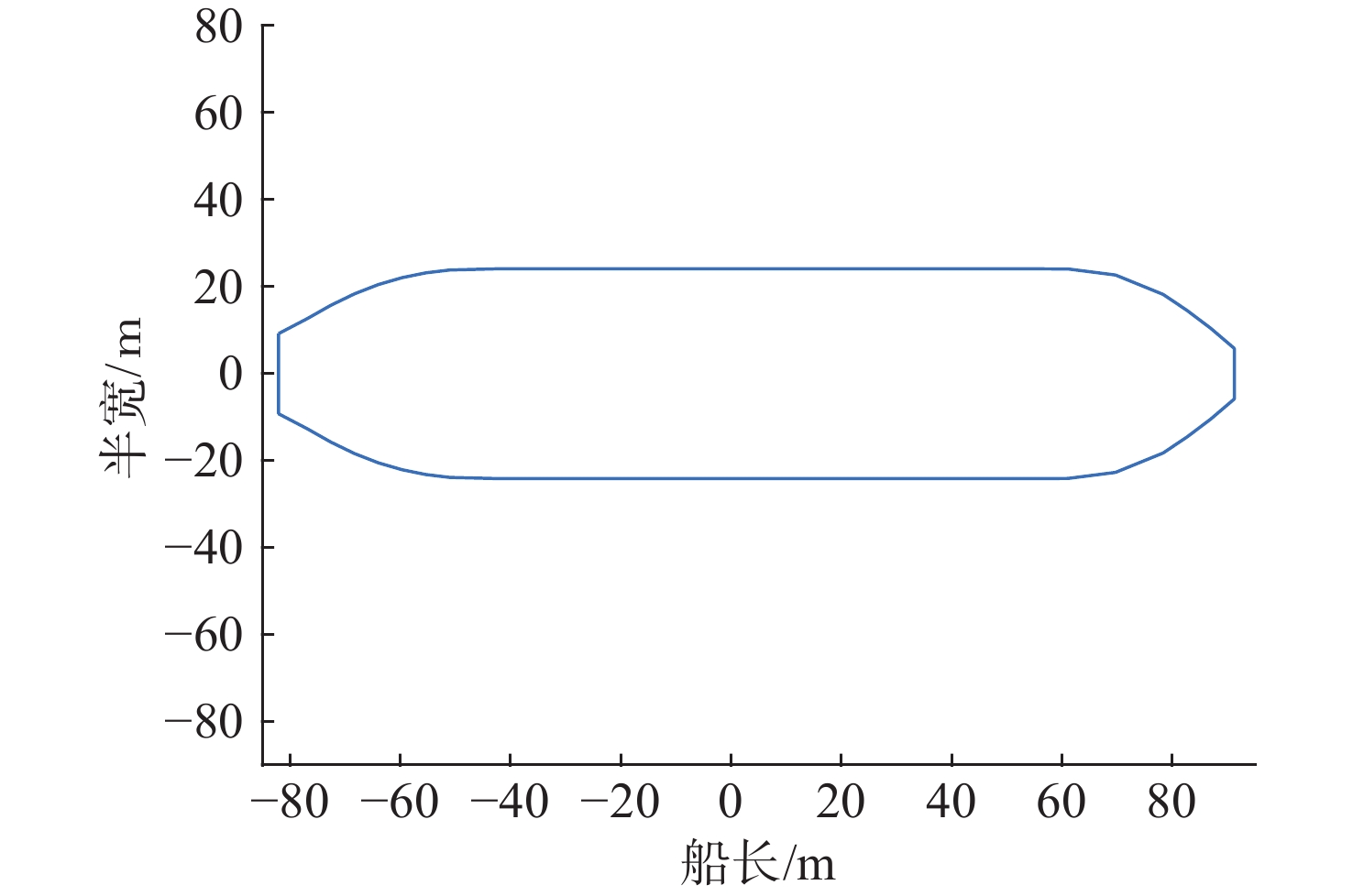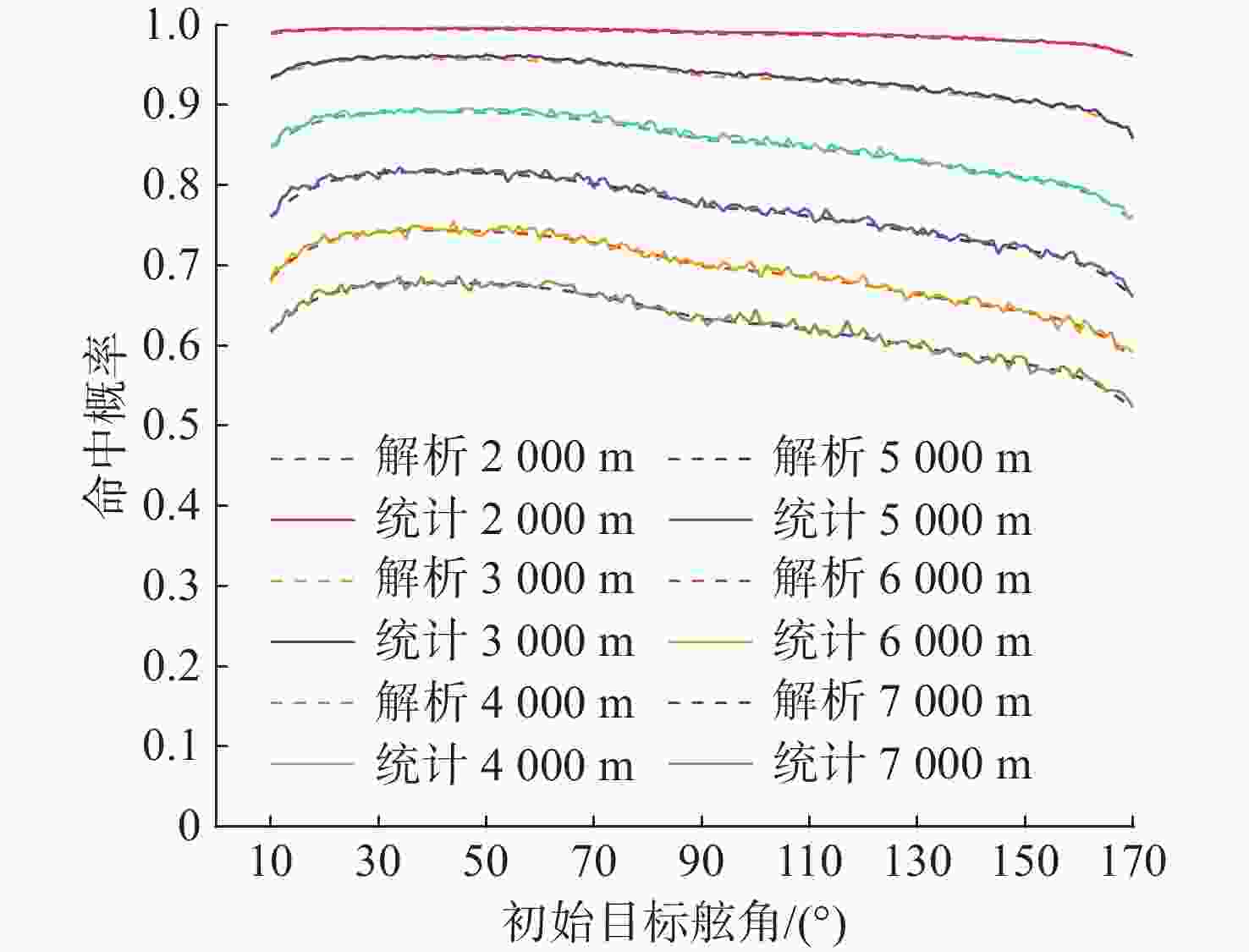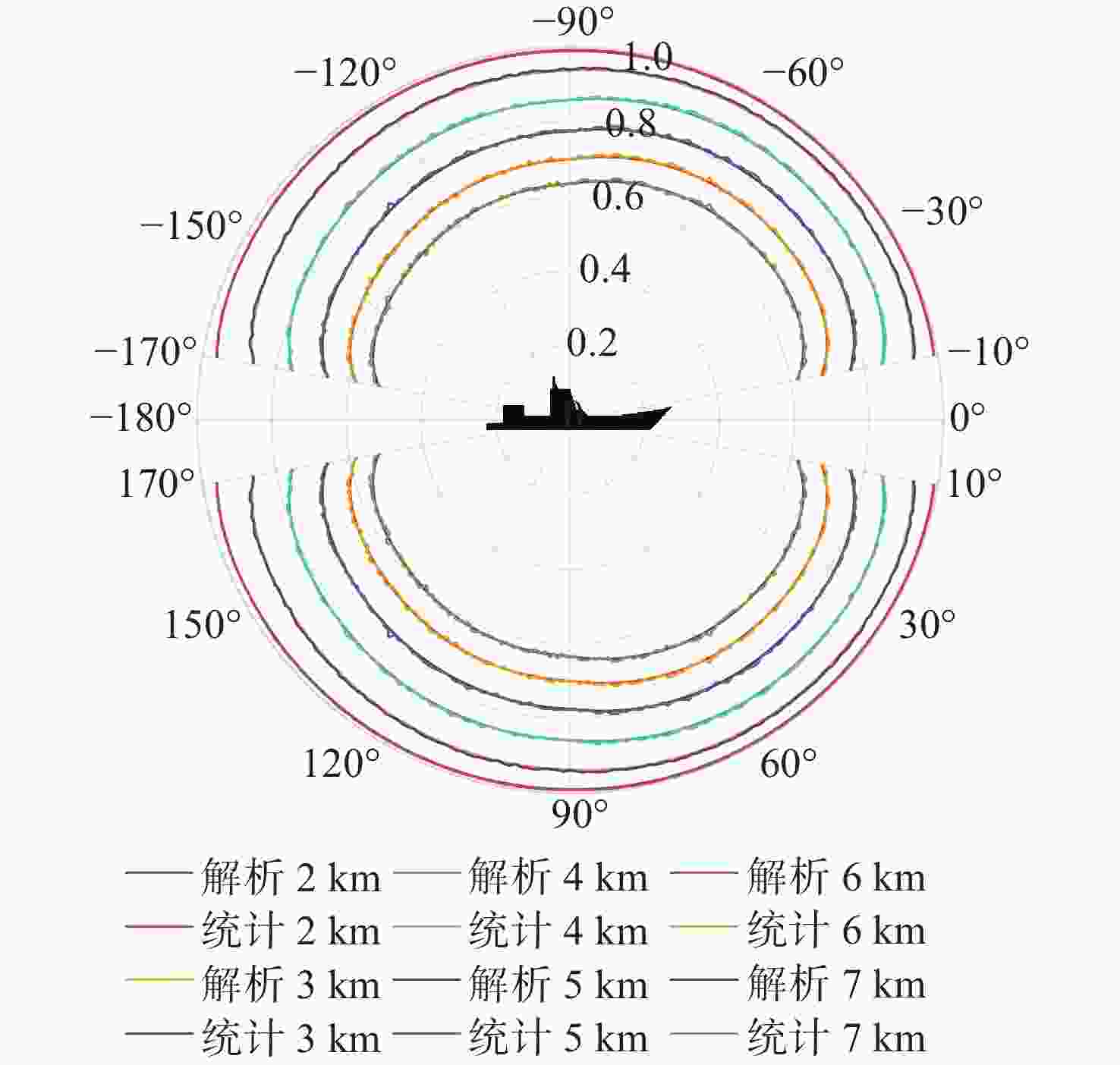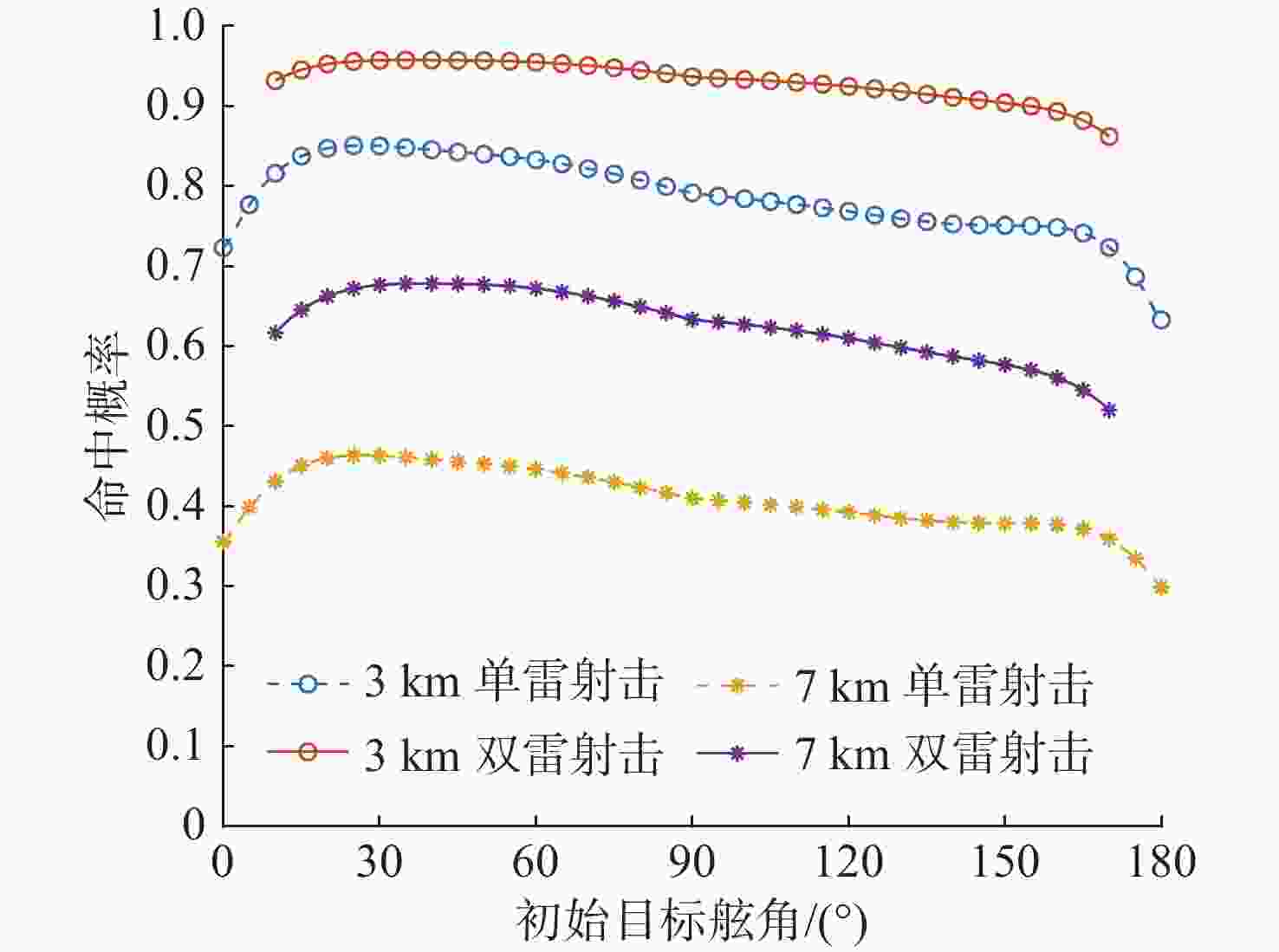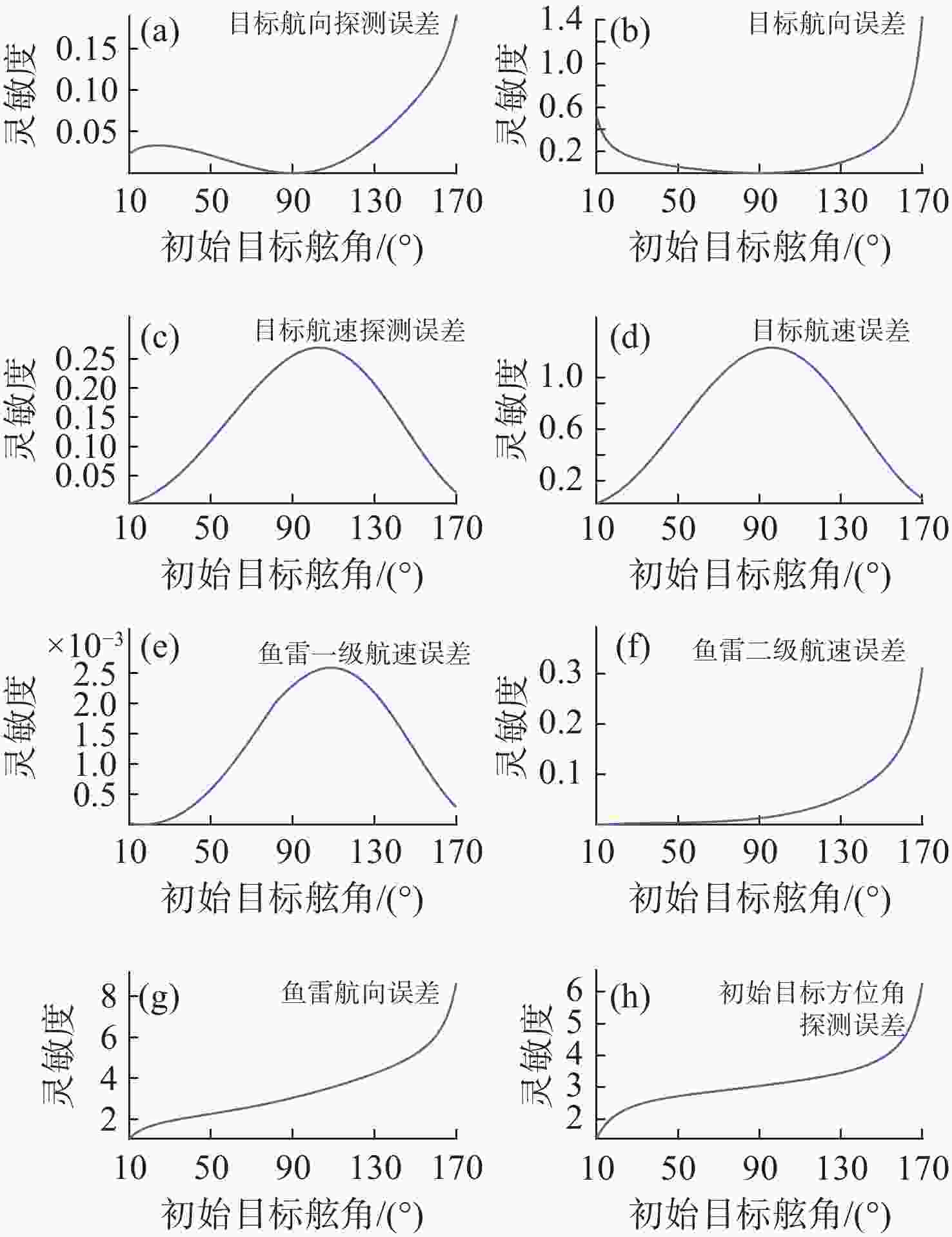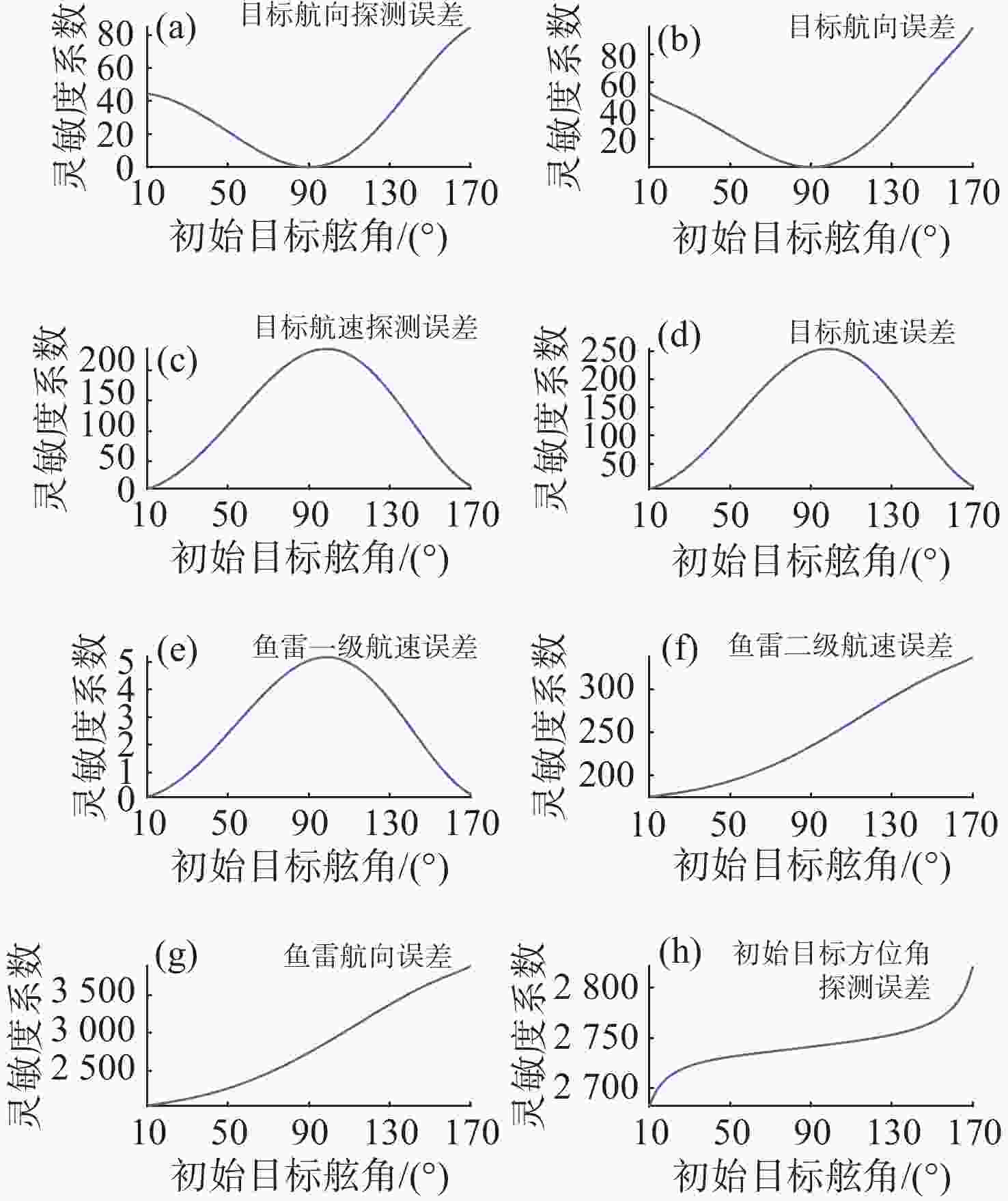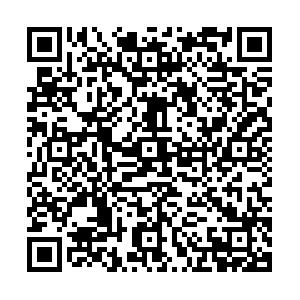Analytical Method for Hitting Probability of Supercavitating Torpedo Salvo
-
摘要: 双雷平行航向齐射, 是直航鱼雷提高命中概率的有效手段之一。文中建立了超空泡鱼雷双雷齐射模型, 并根据命中方程将齐射两雷一次转角射击等效为直进射击, 明确了鱼雷命中目标的实质, 即鱼雷末弹道相对速度方向与等效初始目标方位角方向重合, 使得齐射问题得以简化。根据鱼雷直进射击规律, 以脱靶量作为命中指标、以目标水线面形状作为命中范围建立双雷齐射命中概率解析模型, 并考虑诸如平台探测误差、鱼雷航行误差和目标航行误差影响, 利用统计方法作为对比试验, 试验结果表明解析计算模型与统计计算模型结果相吻合, 验证了解析模型的正确性。最后分析了各误差源灵敏度, 明确了提高鱼雷航向控制精度和方位探测精度是提升命中概率的有效途径。Abstract: Parallel salvo method is effective in increasing the hitting probability of straight running torpedoes. This study establishes a salvo model of supercavitating torpedoes wherein the shoot with a one-time turning angle is transferred into that with a straight-forward shooting. This clarifies the fact that the torpedo hits the target whenever the direction of relative velocity with respect to the target in the terminal trajectory coincides with the equivalent initial azimuth of the target. The proposed method simplifies the salvo problem. Herein, an analytical model of the salvo is established according to the law of shoot with straight trajectory. The miss distance is used as the hit index, and the shape of the target’s water plane is used as the hit range. Moreover, the analytical model considers the effects of platform detection error, torpedo navigation error, and target navigation error. Using statistical methods for comparison, simulations show that the results of the analytical model are consistent with those of the statistical model; this verifies the accuracy of the analytical model. The study also analyzes the sensitivity of each error source and clarifies that improving the torpedo heading control accuracy and azimuth detection accuracy is effective in increasing the hitting probability.
-
Key words:
- supercavitating torpedo /
- hitting probability /
- torpedo salvo /
- sensitivity of error
-
表 1 仿真参数列表
Table 1. Simulation parameters
名称 参数 单次仿真次数 10 000 鱼雷1级速度/kn 200 鱼雷2级速度/kn 50 目标速度/kn 30 鱼雷1级速度误差标准差/kn 5 鱼雷2级速度误差标准差/kn 1 散开航程/m 20 鱼雷齐射散角/(°) 15 鱼雷航向误差标准差/(°) 0.3 探测目标速度误差标准差/kn 3 探测目标航向误差标准差/(°) 1 目标速度误差标准差/kn 3 目标航向误差标准差/(°) 1 目标初始方位探测误差标准差/(°) 0.3 初始雷目距离/m 2 000∶1 000∶7 000 初始目标舷角/(°) 10∶1∶170 表 2 水线半宽值
Table 2. Half-breadth of waterlines
站号 实际
长度/mm水线
半宽/mm站号 实际
长度/mm水线
半宽/mm−0.6 −5 175.0 9 212.5 9.0 77 625.0 24 125.0 0 0 12 640.0 10.0 86 250.0 24 125.0 0.5 4 312.5 15 730.0 11.0 94 875.0 24 125.0 1.0 8 625.0 18 380.0 12.0 103 500.0 24 125.0 1.5 12 937.5 20 502.5 13.0 112 125.0 24 125.0 2.0 17 250.0 22 090.0 14.0 120 750.0 24 125.0 2.5 21 562.5 23 195.0 15.0 129 375.0 24 125.0 3.0 25 875.0 23 847.5 16.0 138 000.0 24 085.0 4.0 34 500.0 24 120.0 17.0 146 625.0 22 692.5 5.0 43 125.0 24 125.0 18.0 155 250.0 18 240.0 6.0 51 750.0 24 125.0 18.5 159 562.5 14 580.0 7.0 60 375.0 24 125.0 19.0 163 875.0 10 457.5 8.0 69 000.0 24 125.0 19.5 168 187.5 5 795.0 表 3 解析法与统计法偏差
Table 3. Deviation between analysis method and statisicaltical method
偏差范围 态势数 态势占比/% <1% 867 89.75 1%~2% 96 9.94 2.00%~2.85% 3 0.31 合计 966 100.00 -
[1] 邹玉博, 周淇, 成方达. 超空泡鱼雷特点及作战使用分析[J]. 中国科技信息, 2010(21): 53-54.Zou Yubo, Zhou Qi, Cheng Fangda. Analysis of characteristics and operational use of supercavitation torpedo[J]. China Science & Technology Information, 2010(21): 53-54. [2] 谢超, 樊华, 周景军, 等. 超空泡航行体自导作用距离需求分析[J]. 舰船科学技术, 2022, 44(8): 53-54.Xie Chao, Fan Hua, Zhou Jingjun, et al. Analysis of necessary homing distance of supercavitating vehicle[J]. Ship Science and Technology, 2022, 44(8): 53-54. [3] 夏佩伦, 刘勇, 陈志鹏. 直航雷齐射命中间隔的计算与分析[J]. 鱼雷技术, 2010, 18(4): 308-311.Xia Peilun, Liu Yong, Chen Zhipeng. Calculation and analysis of hit spread for straight running torpedo salvo[J]. Torpedo Technology, 2010, 18(4): 308-311. [4] 王顺杰, 朱伟良, 李博. 大误差条件下尾流自导鱼雷齐射间隔问题[J]. 火力与指挥控制, 2021, 46(2): 68-71.Wang Shunjie, Zhu Weiliang, Li Bo. Salvo interval problems of wake-guided torpedo under large error conditions[J]. Fire Control & Command Control, 2021, 46(2): 68-71. [5] 宗方勇, 王树宗, 杨立强. 潜射反潜自导鱼雷平行航向齐射遮盖目标散布研究[J]. 兵工学报, 2007, 28(6): 704-708.Zong Fangyong, Wang Shuzong, Yang Liqiang. Study on salvo of submarine launched anti-submarine homing torpedoes for obscuring target scatterance[J]. Acta Armamentarii, 2007, 28(6): 704-708. [6] 武志东, 朱伟良, 张靖康. 尾流自导鱼雷双雷齐射射击诸元优化模型[J]. 兵工自动化, 2013, 32(7): 1-5.Wu Zhidong, Zhu Weiliang, Zhang Jingkang. Firing parameters optimization model of double salvo for wake guided torpedo[J]. Ordnance Industry Automation, 2013, 32(7): 1-5. [7] 汪二照, 孔军. 尾流自导鱼雷双雷二次转角齐射[J]. 指挥控制与仿真, 2009, 31(3): 53-57.Wang Erzhao, Kong Jun. Two turns salvo of two wake homing torpedoes[J]. Command Control & Simulation, 2009, 31(3): 53-57. [8] 张海军, 王建斌, 谢强, 等. 坦克火力系统单发命中概率的几种计算方法[J]. 火力与指挥控制, 2012, 37(S1): 152-154.Zhang Haijun, Wang Jianbin, Xie Qiang, et al. Calculations for hit probability of single firing in tank fire system[J]. Fire Control and Command Control, 2012, 37(S1): 152-154. [9] 许建胜, 苏坡, 戎永杰, 等. 基于蒙特卡洛法的末敏弹命中点散布研究[J]. 弹箭与制导学报, 2015, 35(6): 29-32.Xu Jiansheng, Su Po, Rong Yongjie, et al. Research on the hitting point distribution of terminal sensing ammunition based on monte-carlo method[J]. Journal of Projectiles, Rockets, Missiles and Guidance, 2015, 35(6): 29-32. [10] 李勐, 代志恒. 直航鱼雷发现概率的解析计算方法[J]. 指挥控制与仿真, 2017, 39(4): 55-59.Li Meng, Dai Zhiheng. Analytic method for calculating probability of direct torpedo[J]. Commend Control & Simulation, 2017, 39(4): 55-59. [11] 刘强, 袁富宇. 声自导鱼雷发现概率统计计算新思路[J]. 制造业自动化, 2011, 33(24): 79-83, 111. doi: 10.3969/j.issn.1009-0134.2011.12(x).27Liu Qiang, Yuan Fuyu. A new statistical method of calculating detecting probability of acoustic homing torpedo[J]. Manufacturing Automation, 2011, 33(24): 79-83, 111. doi: 10.3969/j.issn.1009-0134.2011.12(x).27 [12] 袁富宇, 代志恒, 肖碧琴. 基于误差折算的鱼雷一次转角射击命中/发现概率解析计算方法[J]. 水下无人系统学报, 2020, 28(3): 303-308. doi: 10.11993/j.issn.2096-3920.2020.03.010Yuan Fuyu, Dai Zhiheng, Xiao Biqin. An analytical calculation mothed of the hitting/finding probability of torpedo one-time turning-angle shooting based on error conversion[J]. Journal of Unmanned Undersea Systems, 2020, 28(3): 303-308. doi: 10.11993/j.issn.2096-3920.2020.03.010 [13] 武志东, 于雪泳, 许兆鹏. 潜射鱼雷命中概率的解析计算通式及应用[J]. 水下无人系统学报, 2021, 29(2): 203-209.Wu Zhidong, Yu Xueyong, Xu Zhaopeng. Analytic formula and employment of the hitting probability for sub-launched torpedo[J]. Journal of Unmanned Undersea Systems, 2021, 29(2): 203-209. [14] 谢超, 周景军, 万亚民, 等. 基于脱靶量散布的超空泡鱼雷命中概率研究[J]. 水下无人系统学报, 2022, 30(2): 237-244, 253. doi: 10.11993/j.issn.2096-3920.2022.02.015Xie Chao, Zhou Jingjun, Wan Yamin, et al. Research on hitting probability of supercavitating torpedo based on dispersion of miss distance[J]. Journal of Unmanned Undersea Systems, 2022, 30(2): 237-244, 253. doi: 10.11993/j.issn.2096-3920.2022.02.015 [15] 薄玉成. 武器系统设计理论[M]. 北京: 北京理工大学出版社, 2010. [16] 谢超, 周景军, 万亚民, 等. 超空泡鱼雷命中概率解析方法[J]. 水下无人系统学报, 2022, 30(5): 656-664. doi: 10.11993/j.issn.2096-3920.202111002Xie Chao, Zhou Jingjun, Wan Yamin, et al. Analytical method for hitting probability of supercavitating torpedoes[J]. Journal of Unmanned Undersea Systems, 2022, 30(5): 656-664. doi: 10.11993/j.issn.2096-3920.202111002 -




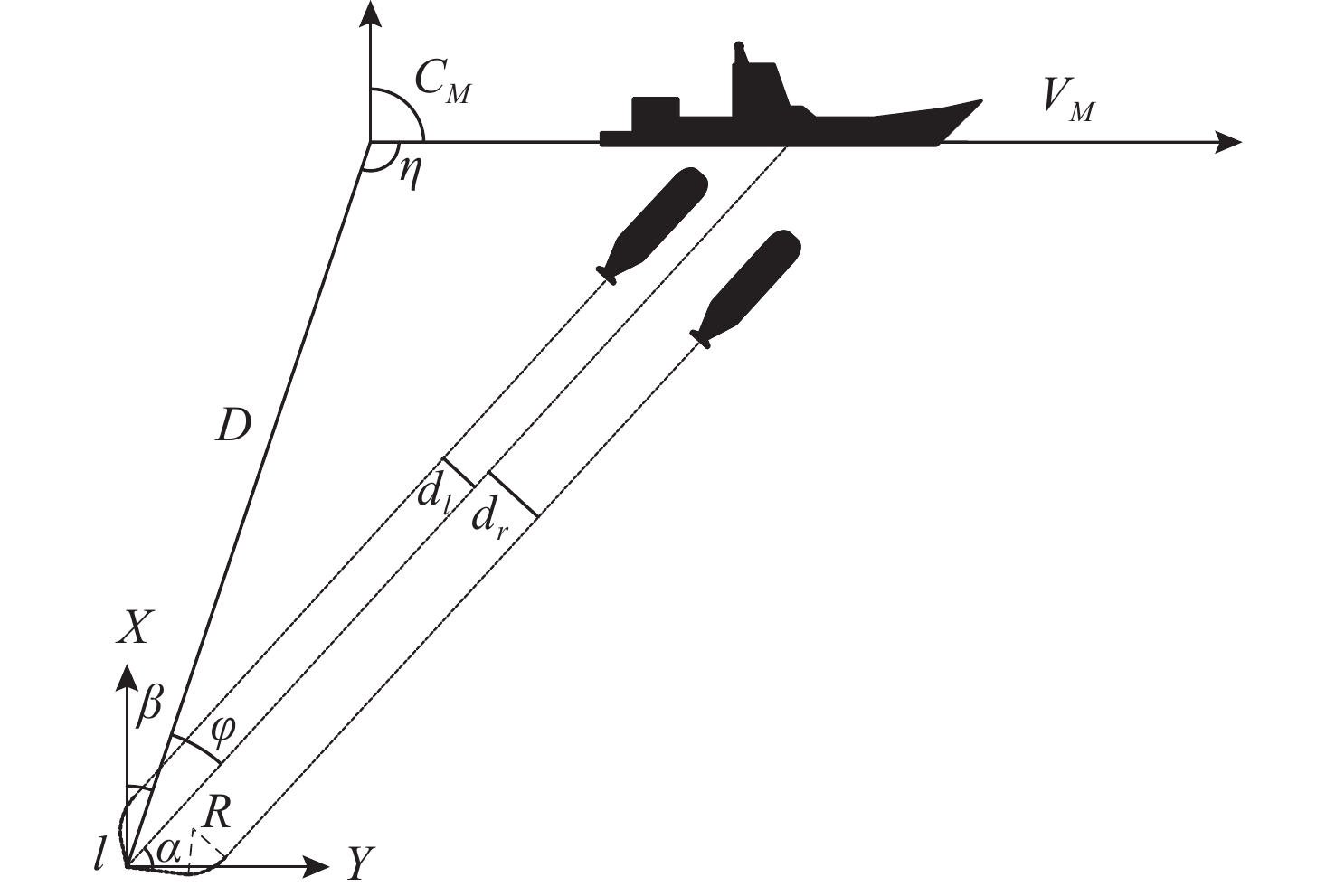
 下载:
下载:
